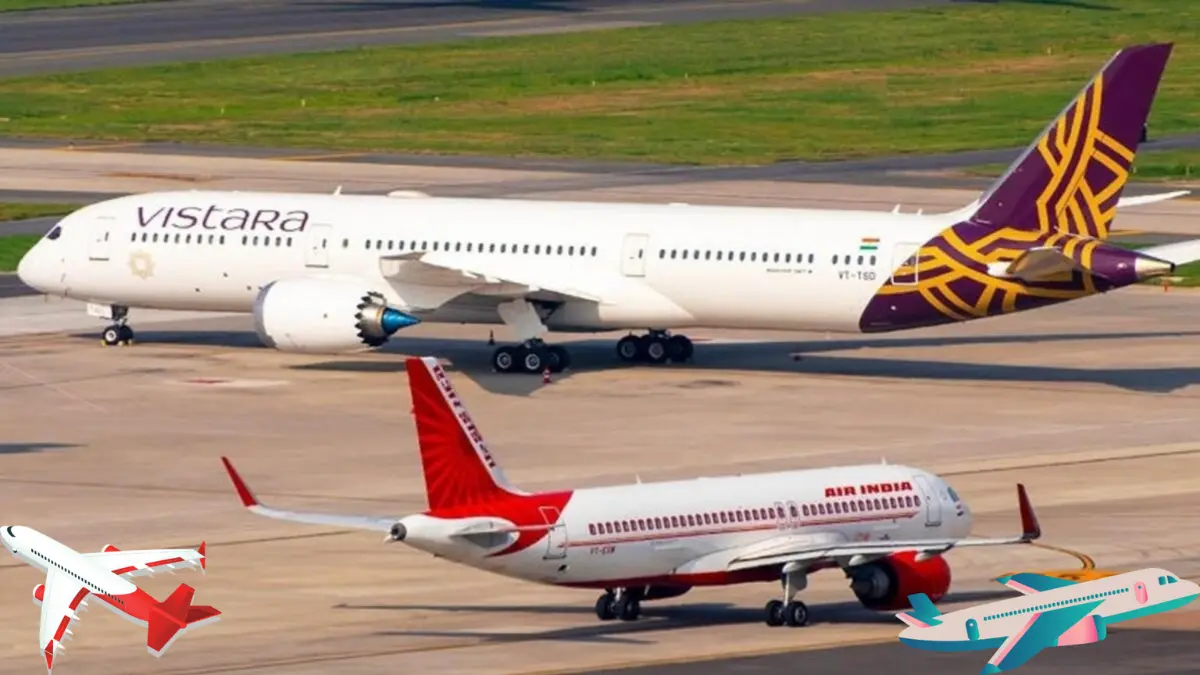
Having catered to clients for nine years, Vistara has now finally gone defunct as it fuses with Air India in a move to boost Indian airlines. This is part of a larger strategy which seeks to enhance the integration of services and functions of both airlines however, what the merger means for passengers and the industry now is still the concern. Let us have a closer look at the specifics.
Vistara was a brand offering premium services targeting the middle to upstairs market operating as a franchise of Tata Group and Singapore Airlines. Due to its premium offering which included an advanced aircraft fleet and great service, it managed to gain a loyal customer base in a very short order. Nevertheless, Takeover by Tata Group of Air India saw the decision to fuse in all the control of assets of Vistara in order to bolster competition of Indian airlines on an international platform They view this merger as a way to optimize processes and increase efficiency.
For travelers, this situation could bring both their expectations and apprehensions at the same time. The merger on the one hand looks promising as it enhances the overall Air India travel experience with Vistara’s strong service levels being incorporated. On the other hand, loyal customers who were used to flying Vistara may feel a sense of loss since the company will cease to operate under its strong brand. However, Tata group has reassured voyagers that with the merger the airline will be forming a world class airline with all the possible expansion of services.
The merger is expected to have a substantial effect on the Indian air transport industry. The purpose of this combination is to take Air India to lead in the not only the Indian market but the global market as well. It is only an element of Tata Group’s larger picture in which it envisions Air India Airlines to be a commercially viable international carrier with vast competitive potential against other dominant carriers.
At the operational level, the merger will entail the transfer of Vistara’s aircraft, personnel, and routes to Air India. This is perhaps the most important step in establishing a strong foundation for building a powerful and efficient airline, even though it may take some time. Of great concern to Vistara staff is the prospect of being absorbed into the new structure and effectively remaining in the employment queue while developing Air India.
Despite attracting a lot of compliments for being visionary, the merger has also raised some eyebrows. Merger of two airlines with different cultures could be tricky says industry experts. Attention to customer satisfaction and effective integration will determine the success of this merger.
For the regular business travelers, they might be pleased with the merger as they will enjoy better reward programs and more destinations to fly to. However, there are others who might dislike losing the uniqueness of flying with Vistara. The greatest challenge will be how effectively Air India will incorporate the best practices that Vistara is known for.
As the Indian aviation landscape is changing, this merger is a landmark in the history of the industry. The ending of Vistara may be upsetting for some of its customers but it also heralds an early phase for Air India. Powering Air India will be a synergy that will allow it to provide better services, more coverage, and better positioning of the brand in the world. The world, including international experts, will be following closely how this ambitious plan pans out.